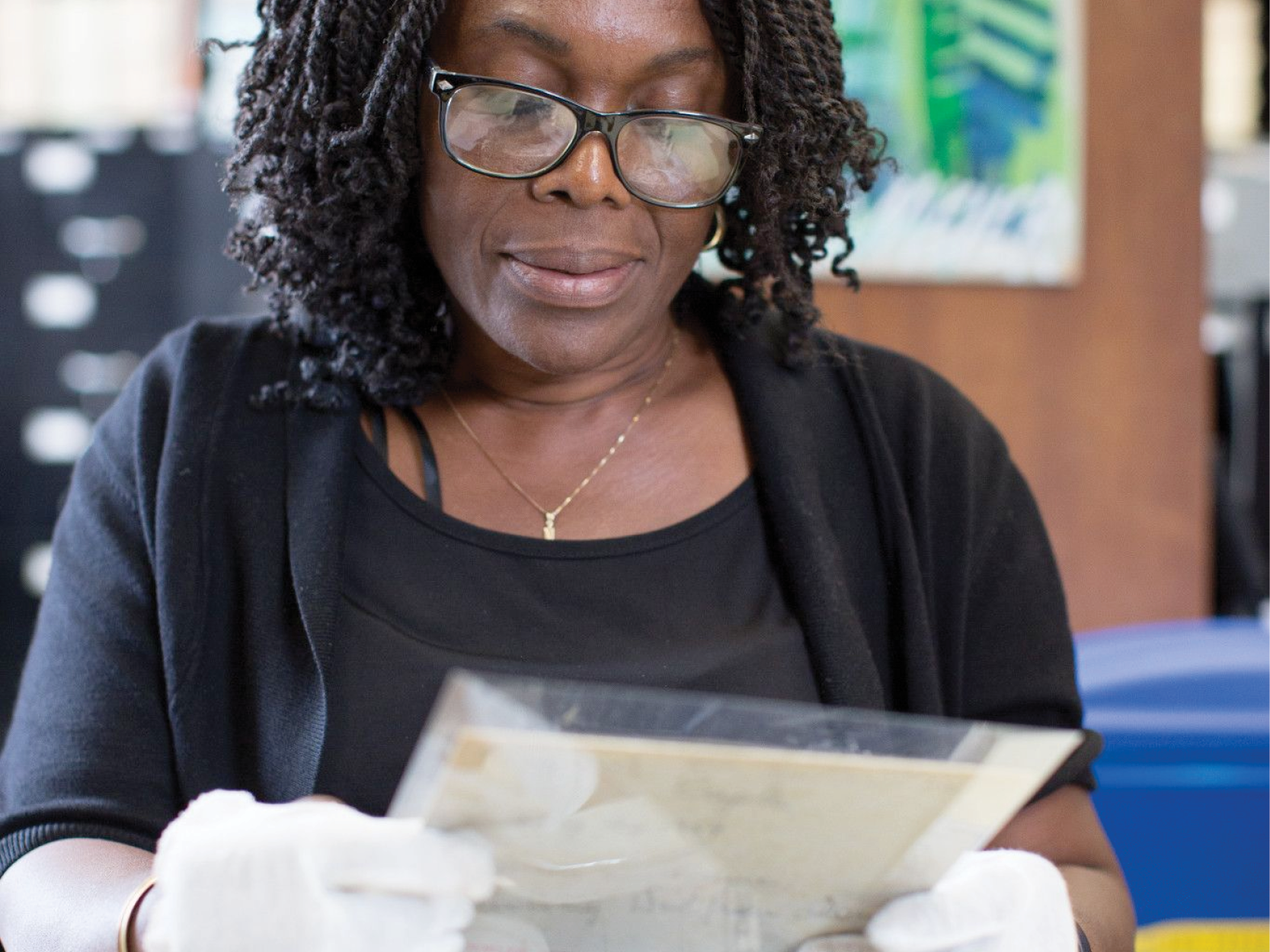
In the late 19th century housing conditions for the poor in Brooklyn were crowded, unsafe, poorly ventilated, and lacked amenities. Today's Photo of the Week shows one of the first efforts in our borough to create affordable and pleasant housing for those who struggled to pay the rent.
The cyanotype above, from our Julius Wilcox photograph collection, gives an unassuming glimpse of a U-shaped housing project still cluttered with temporary structures as it nears completion. Called the Riverside Buildings, they became an early model of housing reform in Brooklyn. They are briefly mentioned in an excellent post by my colleague Jen Hoyer which examines the wider context of housing in Brooklyn.
The buildings were erected in 1890 by Alfred Tredway White, a philanthropist and housing reformer who built a number of affordable residential complexes. He was also an early benefactor of Brooklyn Botanic Garden and funded the Japanese hill and pond garden.
The Riverside Buildings were not a nonprofit enterprise. White was often quoted as saying that his goal was “philanthropy plus 5 percent” - implying that a profit-seeking developer could expect considerably more.
Originally a nine-building complex, spanning Joralemon, Columbia and Furman, the remaining Riverside buildings are located at 24 and 32 Joralemon Street and 10, 20 and 30 Columbia Place. They featured amenities that set them apart from the typical multiple dwelling projects of the time. The stairwells are elegant open ironwork to improve circulation, increase light and to prevent the spread of fires. A large open courtyard, covering more than a third of the property, created a park setting for the residents, with a playground, fountain and - as an article in the Brooklyn Citizen (May 4, 1890, p. 14) reports - offered public concerts open to the neighborhood. In the photo we can see a gazebo-like log structure, perhaps a bandstand for future concerts.
Most importantly, the units were affordable for the working poor. In 1900 tradespeople earned approximately $2.50 to $3.50 a day; laborers and assistants around $1.50. According to an article in the Brooklyn Eagle (February 15, 1953, p. 19) these apartments could be rented for $8-$11 per month. The builder committed to return one month’s rent to tenants who required no repairs due to negligence in that year.
The construction of the Brooklyn Queens Expressway razed almost half the complex, four of the nine buildings, but the remaining buildings have an energetic residents’ association that is fighting to retain the integrity of the courtyard that backs on the BQE against efforts of the present landlord to create an underground parking garage that would fell most of the old trees. One hopes they succeed in keeping intact this architectural evidence of a progressive period in Brooklyn building.
This blog post reflects the opinions of the author and does not necessarily represent the views of Brooklyn Public Library.
Thanks for the history of
Post a Comment
While BPL encourages an open forum, posts and comments are moderated by library staff. BPL reserves the right, within its sole discretion, not to post and to remove submissions or comments that are unlawful or violate this policy. While comments will not be edited by BPL personnel, a comment may be deleted if it violates our comment policy.
eNews Signup
Get the latest updates from BPL and be the first to know about new programs, author talks, exciting events and opportunities to support your local library.







